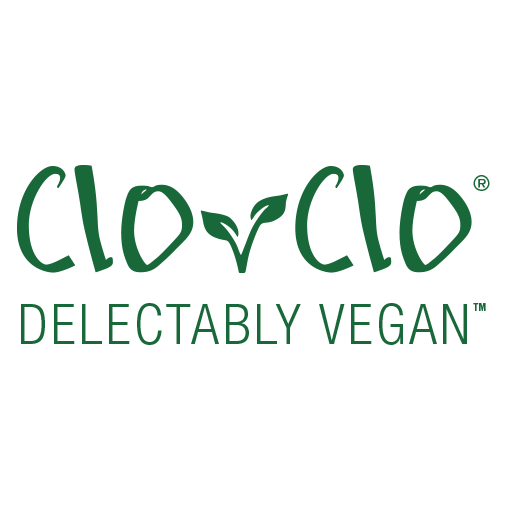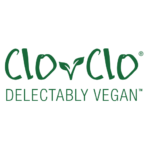As the world’s population is expected to reach nine billion by 2050, a widespread movement towards a vegan lifestyle is the most effective way to reduce pressure on our environment and maybe absolutely crucial to our survival as a species. According to the USDA, one acre of land can produce 20,000 pounds of vegetables, while this same amount of land can only produce 165 pounds of meat. It takes 100 to 200 times more water to raise a pound of beef than it takes to raise a pound of plant food.

Did you know?
In the USA, there are 19,496 concentrated animal feeding operations (CAFOs) pumping vast quantities of toxic waste into nature. Rain washes the pollution into rivers which carry it out to sea.
According to the United Nations, the breeding, raising and feeding animals for food is a tremendously inefficient use of our natural resources. Following a vegan lifestyle contributes less air pollution and puts less stress on our natural resources by requiring less land, fossil fuels, and water. Animals raised for food production are fed more than half of all the world’s crops. As our population grows, we require more and more agricultural space. 60 percent of worldwide deforestation results from land being converted for use as agricultural land, much of which is used for grazing cattle. An estimated 14 percent of the world’s population (more than 850 million people) suffer from undernourishment while we continue to waste valuable agricultural land and resources to produce animal products, therefore obtaining only a fraction of the potential caloric value. Continuing this mismanagement of our natural resources is simply not sustainable.


